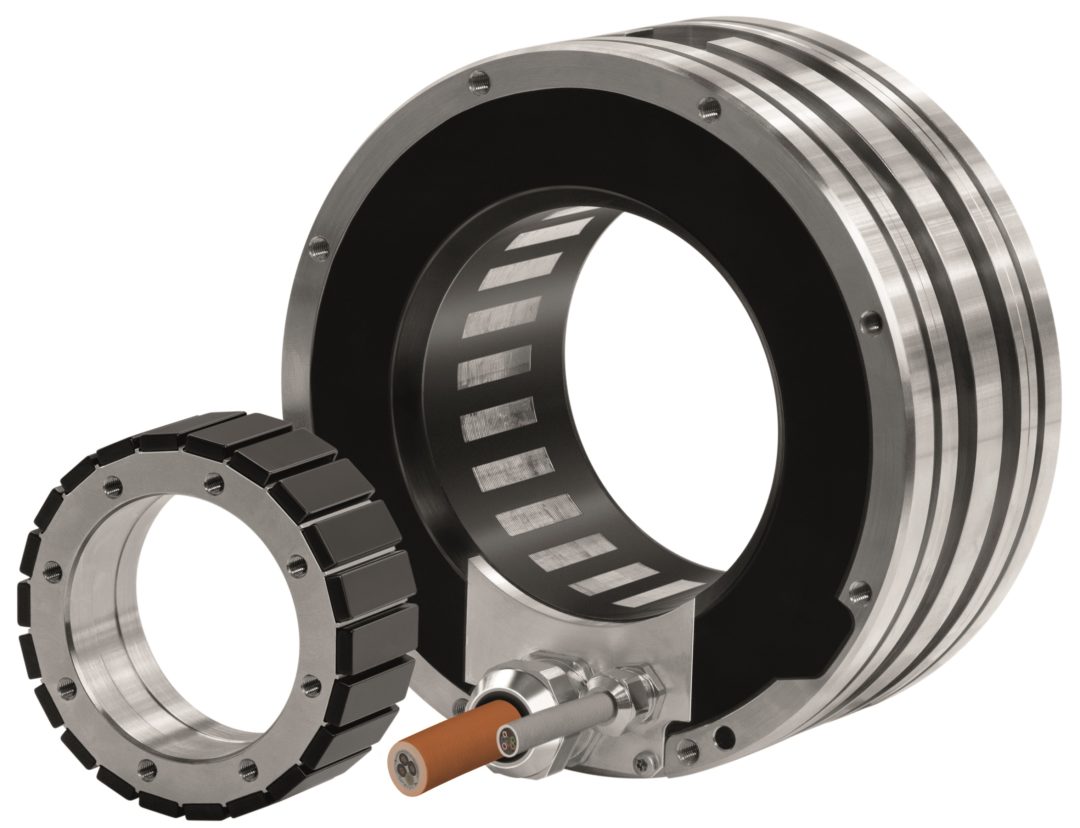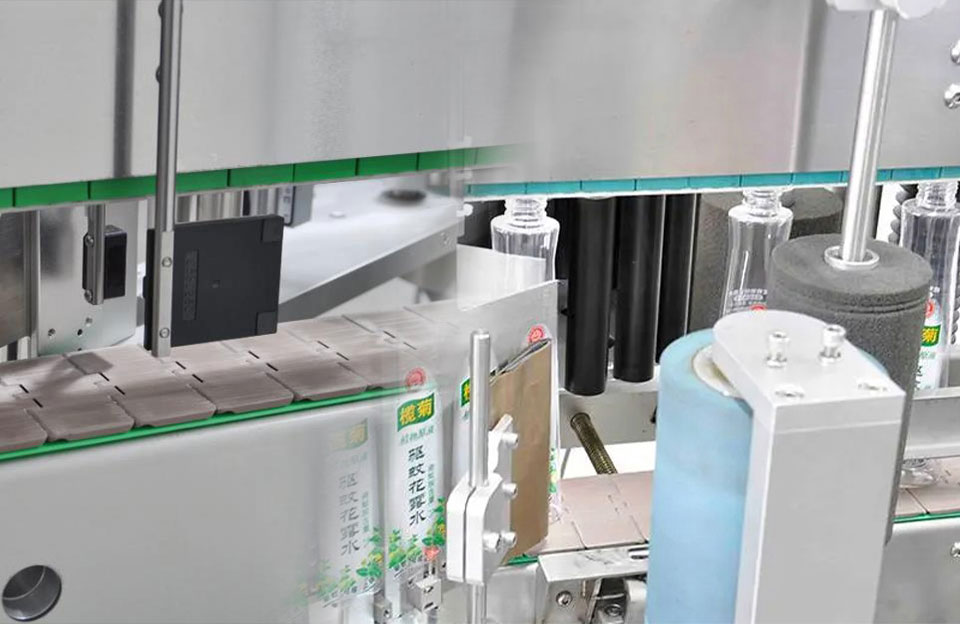Direct-drive technology refers to a mechanism where a motor is directly connected to the driven load without intermediate transmission components such as belts, gears, or pulleys. In this setup, the motor’s output shaft is directly coupled to the load, enabling a more efficient transfer of power and improved system performance. Direct-drive systems have gained popularity across various industries due to their advantages over traditional transmission methods.
Advantages of Direct-drive Technology
Direct-drive technology offers several advantages over traditional transmission systems that use belts, gears, or pulleys. Here are some of the key advantages of direct-drive technology:
- Higher Efficiency: Direct-drive systems eliminate the power losses associated with mechanical transmission components, resulting in higher overall efficiency. The direct connection between the motor and load ensures a more efficient power transfer without energy losses from friction and slippage.
- Improved Precision and Accuracy: Direct-drive technology controls motion and position. With no mechanical backlash from gears or belts, direct-drive systems offer superior accuracy and repeatability, making them suitable for applications that require high precision.
- Reduced Maintenance: Direct-drive systems have fewer moving parts than traditional transmission systems. As a result, less wear and tear leads to reduced maintenance requirements and a longer system lifespan.
- Lower Noise and Vibration: The absence of mechanical components like belts and gears reduces vibration and noise levels during operation. This makes direct-drive systems ideal for applications with low noise levels, such as medical devices and semiconductor manufacturing equipment.
- Compact Design: Direct-drive motors and systems can be more compact because they eliminate the need for additional transmission components. This allows for space-saving designs, making direct-drive technology suitable for applications with limited space constraints.
- High Torque Density: Direct-drive motors can deliver higher torque output relative to their size and weight than traditional motors with transmission systems. This high torque density benefits applications that require high torque in a compact form factor.
- Fast Dynamic Response: Direct-drive systems offer fast acceleration and deceleration capabilities, allowing for rapid and precise movements. This feature is advantageous in applications that require quick changes in motion, such as robotics and CNC machines.
- Energy Savings: The higher efficiency of direct-drive systems can lead to energy savings over time, especially in applications with continuous operation.
- Flexibility: Direct-drive technology can be used in various applications across different industries, ranging from robotics and industrial automation to medical devices and aerospace.
- No Mechanical Wear: Since direct-drive systems lack mechanical transmission components like belts and gears, there is no mechanical wear or slippage over time, resulting in more consistent and reliable performance.

Direct-drive Motor Technology
The Application of Direct-drive Technology in Labeling Machines
Direct-drive technology is becoming increasingly popular in the labeling machine industry due to its efficiency, precision, and reduced maintenance advantages. Here are some of the applications of direct-drive technology in labeling machines:
- Label Feeding and Cutting: Direct-drive motors can control the label material’s feeding and cutting mechanisms. Direct-drive motors’ precise control and high torque density ensure accurate label placement and cutting, resulting in consistent label application.
- Sleeve Application: Direct-drive technology can be employed in sleeve labeling machines to control the movement and positioning of the containers and the shrink sleeves. This allows for precise alignment of the sleeves on the containers, even on irregularly shaped bottles or containers.
- Bottle Rotation and Positioning: Direct-drive motors can rotate and position bottles or containers during labeling. This helps achieve accurate label application and ensures that the label is evenly applied around the entire circumference of the container.
- Print Head Control: For labeling machines that incorporate printing capabilities, direct-drive technology can be utilized to control the movement of the print head. This ensures that the printing is done with high precision and registration.
- Conveyor System: Direct-drive motors can power the conveyor system of the labeling machine, providing smooth and efficient transportation of containers through the labeling process.
- Label Dispensing and Rewinding: Direct-drive motors can be employed in the labeling machine’s label dispensing and rewinding systems. The precise control over label feed and tension ensures accurate dispensing and consistent label tension during rewinding.
- Tamper-Evident Sealing: Direct-drive technology can be used to control the application of tamper-evident seals on products, providing a secure and reliable seal for consumer safety.
- Multi-Labeling Stations: In high-speed labeling machines with multiple labeling stations, direct-drive technology allows quick and accurate switching between different stations.
Conclusion
By utilizing direct-drive technology in labeling machines, manufacturers can achieve higher efficiency, accuracy, and reliability in the labeling process. The elimination of mechanical transmission components reduces maintenance needs and ensures smoother operation, leading to increased productivity and overall performance of the labeling machine.
Additionally, the flexibility and precise control provided by direct-drive technology enable labeling machines to handle a wide range of container shapes and sizes, making them suitable for diverse product labeling requirements.


